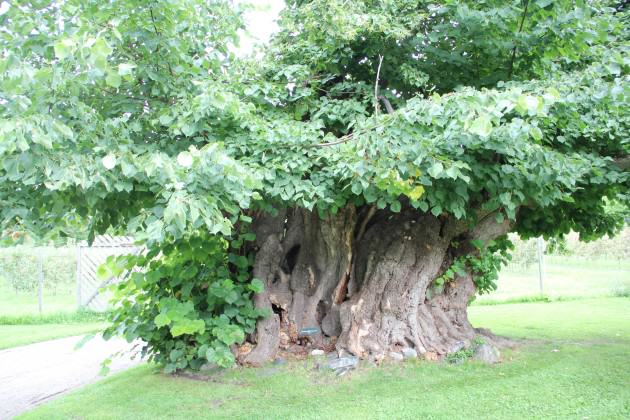Heres an interesting article from aka Nature of Cities and posted on the Sustainable Cities Collective website, arguing that historic gardens are not only significant in their own right as expressions of art and components of our socio-cultural heritage, but are also important reserves of biodiveristy within an urban environment (and of course rural ones, too).
 |
| Queen Christina’s linden-tree in Grönsöö. Photo: Maria Ignatieva |
The author, Maria Ignatieva, who has spent seven years researching the historical and ecological
aspects of 18 historic parks and gardens of St. Petersburg, presents a well-argued case, illustrated with international examples from as far a part as Russia, China and Italy. Here is a taster from the piece:
'Over the two decades heritage parks in Europe have been re-evaluated and
have begun to be seen as highly valuable urban biodiversity hotspots.
Historical parks are not only witnesses of different historical art
periods but also are refuges for rare flora and fauna. Very often they
contain important fragments of natural landscapes. One of the classical
examples of such a garden is Pavlovsky Park in St. Petersburg.
The foundation of the park was a local mixed conifer-deciduous forest.
This particular park was created by thinning and cutting these natural plant communities.
Parks are also unique living examples of horticultural practices and
skills from previous centuries. In the era of unification and using
material from 'global' nurseries with genetically modified plants,
historical parks contain unique genetic material that could help to
preserve national and cultural identity. One of the best examples of
such practices can be found in the Swedish historic park of Grönsöö. Here the parental material for linden alleys is the old Tilia tree (Queen Christina’slinden-tree), which was planted here in 1623 during the visit to Grönsöö of King Gustavus Adolphus’s mother.'
Do take a read of the full article.

No comments:
Post a Comment